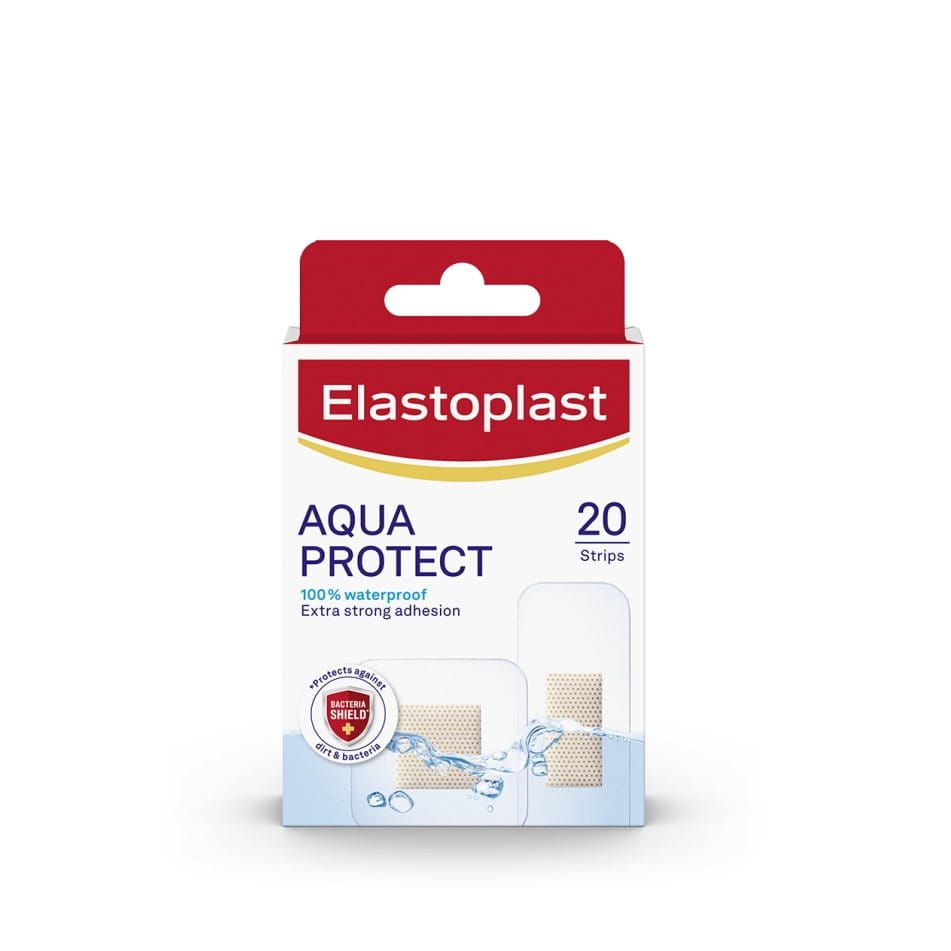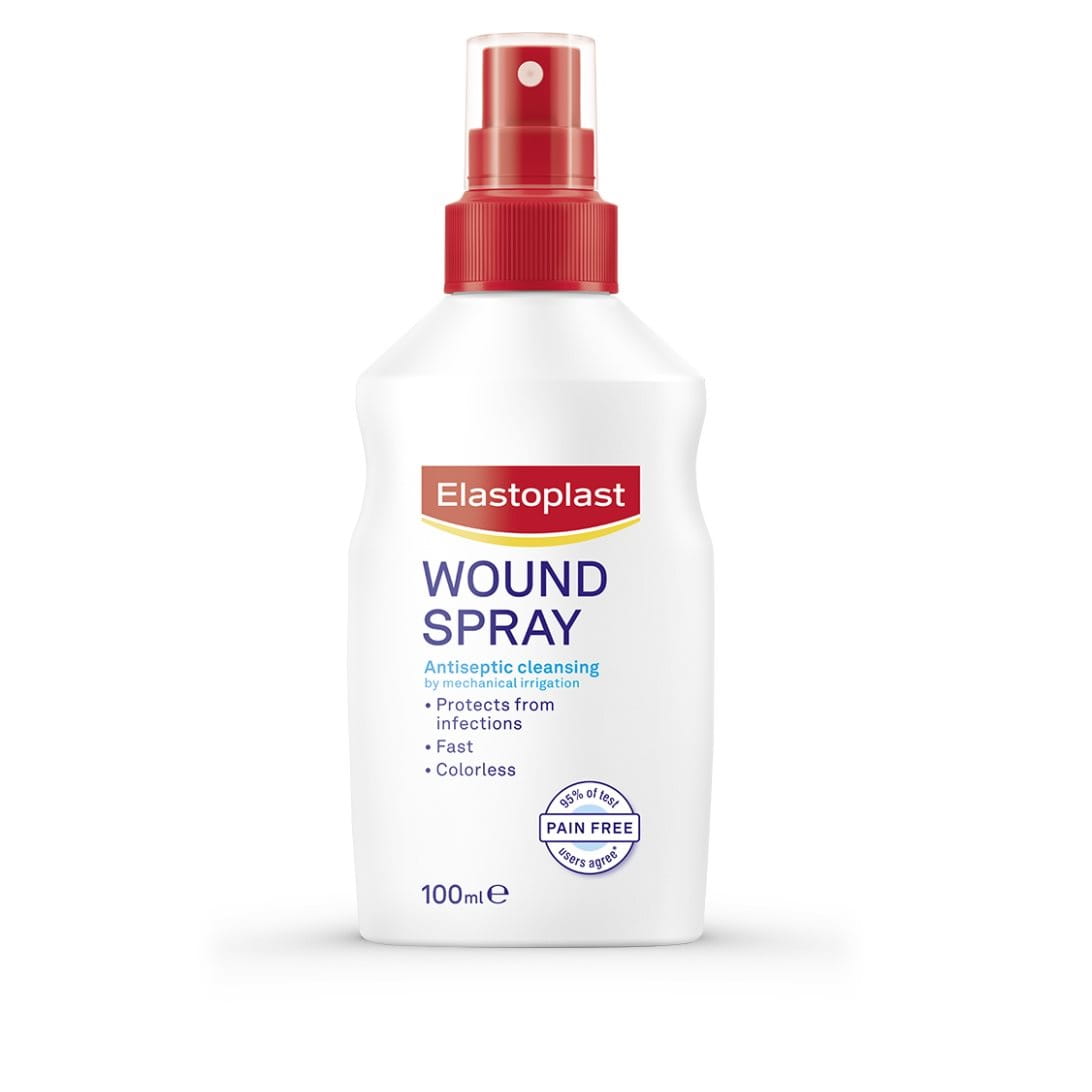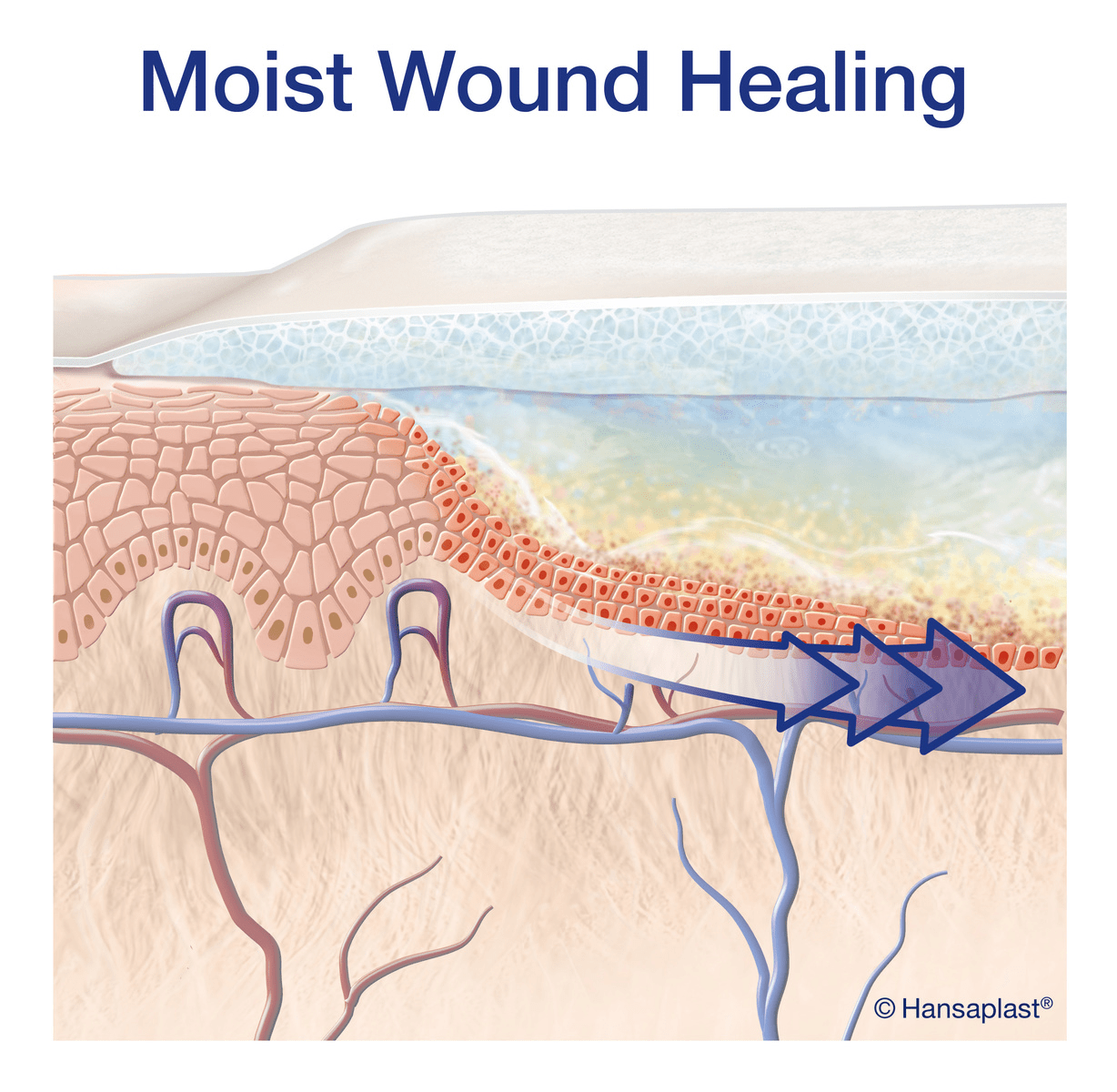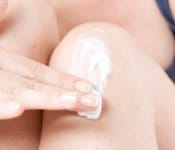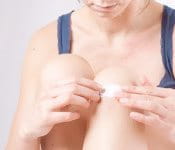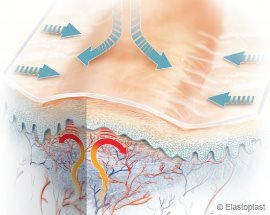About
How scars are formed
Scarring is a natural process that happens when the skin repairs itself, for example from a cut or an abrasion. (also see: Instant Help Cuts and Grazes)
They occur when the outer layer of the skin, the epidermis is cut and the injury extends to the dermis. The organism is not able to replace the destroyed, highly specialised tissue in the same way.
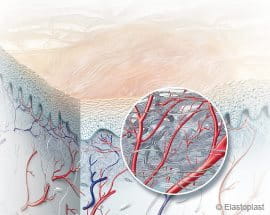
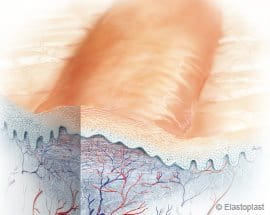
AS SOON AS YOU GET A
MINOR WOUND OR SCRAPE,
YOUR BODY WILL START
HEALING IT.
Even after the wound has healed the body continues to direct collagen to the site resulting in changes to the size and shape over time. The resulting scar does not have good blood circulation, is sometimes uneven and is less elastic.
Scars can sometimes be raised areas (hypertrophic scars) or have a sunken appearance, depending on the damage done to underlying layers of skin and tissue. Also, variations in colour are possible.
